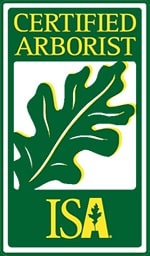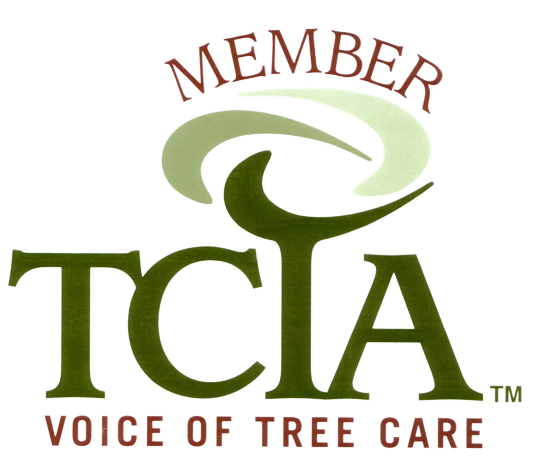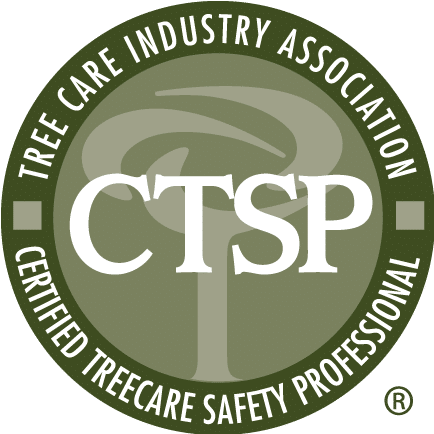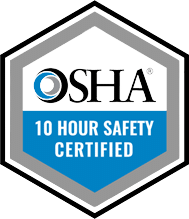Contact Us for Professional Tree Services in Hudson.
At Marquis Tree Service, we offer professional and affordable tree services to residential and commercial clients in the Hudson area. Our highly skilled arborists have years of experience providing various services, including tree removal, tree pruning, stump grinding, and crane-assisted tree removal.
We are committed to providing top-quality services in Hudson, MA, at affordable prices, and we use the latest equipment and techniques to ensure that your trees are healthy, safe, and aesthetically pleasing.
We also pride ourselves on our excellent customer service. We understand that tree care can be a complex and sometimes stressful process, so we are committed to communicating with our clients every step of the way. We will work with you to develop a customized plan that meets your specific needs and budget and keep you informed throughout the process.
If you need reliable and affordable tree services in Hudson, MA, look no further than Marquis Tree Service. We have been an area leader in tree care and removal since we were established in 1993 and are committed to providing top-quality services that meet the unique needs of our clients. Contact us today to schedule a consultation and learn more about our tree services.
The cost of tree removal can vary widely based on several factors, including the size and type of tree, its location, and the job’s complexity. Here are some key considerations that influence tree removal costs:
Tree Size: The size of the tree is a significant factor in determining the cost. Larger trees require more time, labor, and equipment to remove, which can result in a higher price.
Tree Type: Different tree species have varying degrees of difficulty regarding removal. Some trees have dense wood or complex root systems, making removal more challenging and potentially more expensive.
Location: The tree’s location on your property plays a crucial role. It may require more careful and precise removal, increasing the cost if it’s close to buildings, power lines, or other structures.
Tree Condition: The health and condition of the tree matter. Dead or diseased trees are often more brittle and can pose safety hazards, necessitating more careful removal techniques and affecting the cost.
Stump Removal: Stump removal is typically a separate service from tree removal and comes at a cost. If you choose to have the stump removed, it will add to the overall expense.
Cleanup: The cleanup process after tree removal can vary. Some companies include cleanup in their services, while others may charge extra. Ensuring all debris removal and keeping the area clean and safe is essential.
Permits: Depending on your location and local regulations, you may need permits for tree removal. Permit costs can vary and should be factored into the overall expense.
Additional Services: If you require other services, such as tree trimming, pruning, or disease treatment, these will also affect the total cost.
Professional Services: Hiring a reputable tree removal company with skilled professionals, proper insurance, and the right equipment may come at a slightly higher cost, but it ensures quality service and safety.
Seasonal Factors: The time of year can also influence pricing. Some companies offer discounts for off-season tree removal, while emergency services in severe weather conditions may be more expensive.
Geographic Location: Costs can vary depending on location and local market conditions.
Free Estimates: It’s a good practice to obtain free estimates from several tree removal companies to compare prices and services. This allows you to choose the best option for your budget and needs.
The frequency of tree trimming or pruning depends on several factors, including the type of tree, its age, health, and your specific goals for tree care. Here are some general guidelines to help you determine how often you should have your trees trimmed or pruned:
In most cases, an annual inspection by a professional tree service is a good practice. They can assess the condition of your trees and recommend the appropriate pruning schedule based on your tree’s needs. Routine inspections and maintenance help ensure your trees remain healthy, safe, and aesthetically pleasing.
Stump grinding is a commonly used method to remove tree stumps from your yard, and it’s generally considered an effective and safe way to eliminate tree stumps without causing significant damage to your yard. However, like any process involving heavy machinery, there are factors to consider regarding its impact on your yard:
Determining whether your tree needs pruning or removal is crucial for the safety of your property and the health of your trees. Here are some key factors to consider:
Tree trimming is typically done to shape a tree and manage its growth, focusing on aesthetics and the tree’s overall structure. Tree pruning, however, is more about the tree’s health, removing dead or diseased branches to prevent the spread of decay and improving air circulation.
A tree might be unsafe if it has visible signs of decay, dead or hanging branches, cracks in the trunk, or leans significantly. It’s wise to consult a professional tree service if you’re in Hudson, Massachusetts, to assess the tree’s condition.
The cost can vary widely based on the tree’s size, location, and complexity of removal. It’s best to get a free estimate from local tree services in Massachusetts to get an accurate quote.
If the tree shows signs of disease, decay, or poses a safety risk, it may need pruning or removal. Regular inspections by a tree care expert can help determine the necessary actions.
The best services are those with experienced professionals, positive reviews, and proper licensing. Research local services and read reviews to find the best fit for your needs.
It typically varies by species and health but generally once every 1-3 years. Consult with a local arborist for a schedule that suits your trees’ needs.
A licensed tree expert is a professional who has passed state or national exams demonstrating their knowledge and skills in tree care, diagnosis, and treatment. They are usually required to continue their education to maintain their licensure.
Tree removal is the process of taking down a tree, including the root system, and removing it from the property. This service is typically required when a tree is dead, diseased, or poses a safety hazard.
Tree pruning is the process of removing dead, diseased, or overgrown branches from a tree in order to improve its health, appearance, and safety.
Stump grinding is the process of using specialized equipment to grind a tree stump down to below ground level. This is typically done after a tree has been removed in order to remove the remaining stump and make the area safer and more attractive.
Crane assisted tree removal is a method of removing a tree using a crane in conjunction with other specialized equipment. This method is typically used for larger trees that cannot be safely taken down using conventional methods, or for trees that are located in difficult-to-reach areas.
Land clearing service involves the removal of trees, brush, and other vegetation from a plot of land. This service is typically used for new construction, agriculture, or to create firebreaks. It may also include the removal of stumps, rocks, and other debris to prepare the land for further use.
Emergency tree services are critical when a fallen tree threatens your home or property, or poses a safety risk. Our team is available 24/7 to handle any tree-related emergency, including fallen or damaged trees, storm damage, or hazardous trees. We have the experience, tools, and expertise to assess the situation.
Tree and shrub health care is a specialized service focused on the diagnosis, treatment, and prevention of diseases and pest infestations that affect woody plants in residential and commercial landscapes. This comprehensive approach includes soil analysis, targeted fertilization, preventative treatments, and ongoing monitoring to maintain plant vigor, extend longevity, and preserve the aesthetic and ecological value of trees and shrubs.
GIVE US A CALL TODAY!












